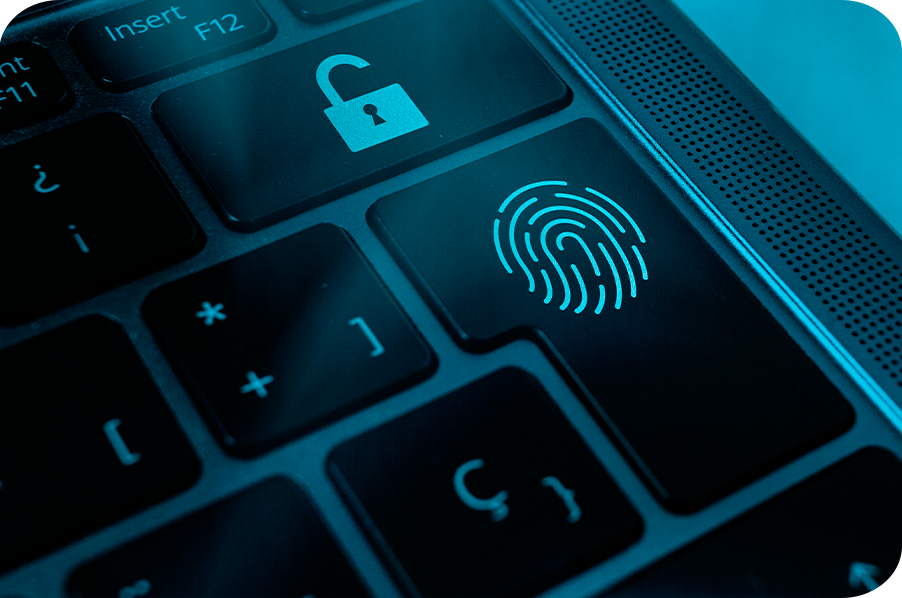Comprehensive biometric
solution
Logical Access Control
For large organizations and companies, the data protection mandates have accelerated adoption of identity controls of individuals who work within a company and auditing the safe use of such personal data.
Our mission is to ensure the transition according to EU and other Data Protection Acts by increasing the security of the systems, providing a rapid return on investment and increasing productivity.
For network administrators, the Data Protection Act represents a number of challenges. As these standards spread globally, new tools are required to comply with regulations with a minimal impact on the budget and workload of IT managers. The XELIOS solution is flexible to adapt to the various regulations that continue to evolve, and ensures system administrators a future-proof solution to address the issues of mandated data protection.
MORE INFORMATION [+]Logical access control methods

Login initial work platform
Xelios X-Login module assumes all functions of the Microsoft GINA, with up to three coordinated authentication modalities (biometric fingerprint, card or token and PIN). X- Login provides hardened security for both local and remote sessions and supports and exceeds the Microsoft security protocols such as rotating passwords.
Single Sign-On
X-SSO is the safest and simplest method to strengthen application access security. Simplifies authentication procedures when accessing applications and strengthens security by generating strong random passwords. Centralizes SSO data in a secure database (Active Directory), allowing access to all personal accounts from any computer on the network. X-SSO is supported by TIVOLI.
Certificate Protection
Allows signing documents and electronic transactions with the fingertip. X-Cert protects and manages certificates making the use of certificates a simple procedure.
Virtual hard drives
XELIOS X-Drive creates virtual drives identical to standard ones. All files and directories are transparently encrypted in AES. They are accessed through fingerprint, card or token authentication. The encrypted data may also be stored in another location.




